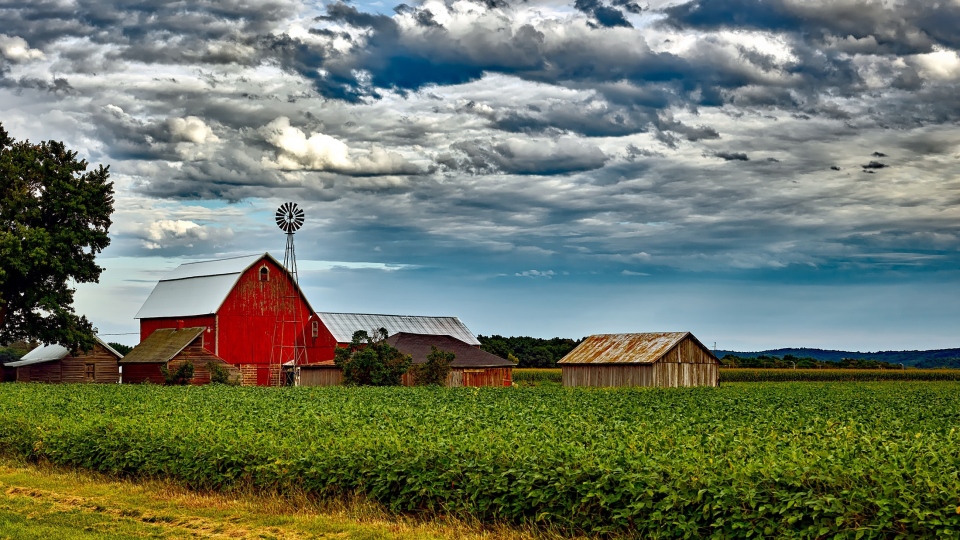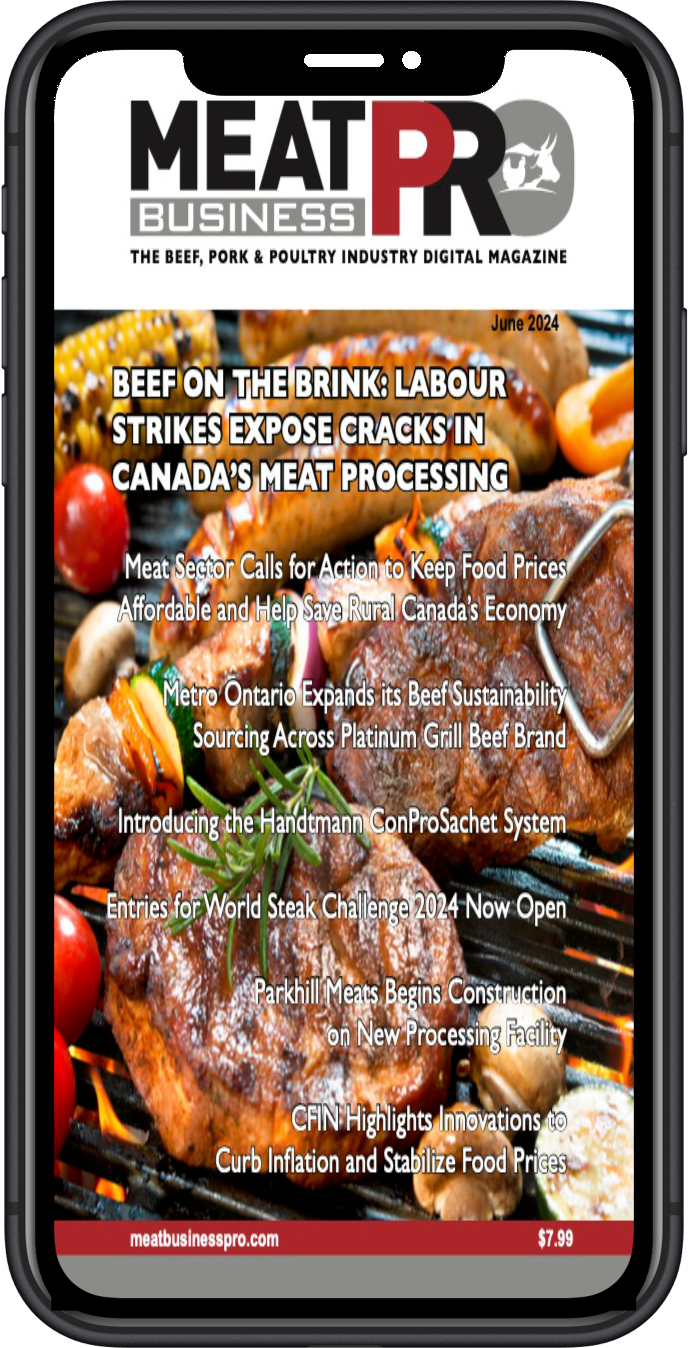Sizzling house prices put the squeeze on farmland in Canada

Peter Lambrick has been watching the suburban sprawl of Toronto creep closer to his corn fields for years
by Chris Arsenault – Reuters
But as the pandemic fuels demand for housing, he fears much of the country’s best agricultural land may be lost forever.
Besides erasing the rural landscape of grazing cattle and red wooden barns, the loss of prime farmland could hit food production in one of the world’s biggest suppliers of wheat, pork and pulses, farm leaders said.
“The amount of agricultural land is becoming less and less due to the building of houses, roads, and infrastructure,” Lambrick, who rents most of his fields, told the Thomson Reuters Foundation.
“The government said it has been working to balance housing affordability with preserving productive land and making it easier for young farmers to get into the industry”
“The number of farmers is declining every year,” he said from his home in the Halton region, where rows of townhouses, malls and industrial parks have eaten into the rolling fields of crops and pasture.
While Canada is the world’s second-biggest country and only has about 40 million people, most of its best arable land lies near big cities such as Toronto, where the COVID-19 pandemic has intensified demand for suburban homes.
Much of the country’s best crop land can be seen “from the top of the CN Tower” landmark in downtown Toronto, said Richard Joy, the Toronto-based executive director of Urban Land Institute, a research group.
Toronto was already one of the West’s fastest-growing urban hubs, Joy said, but across Canada low interest rates are driving appetite for new housing, pushing prices up 38% year-on-year in May, according to the Canadian Real Estate Association.
The average Canadian home is now worth more than $688,000 the Ottawa-based group said.
That is putting housing out of reach for many first-time buyers and inflating rental costs, analysts said, and could be accelerating the steady loss of farmland, too.
Ontario, Canada’s most populous province, is losing 70 hectares of agricultural land every day, an area roughly the size of 135 football fields, according to the Ontario Federation of Agriculture.
“Our best farmland is turning into houses,” said Peggy Brekveld, president of the advocacy group, which is based in Guelph, 90 km southwest of Toronto.
“Once you turn farmland into houses or concrete, it never turns back into farmland,” said Brekveld, who runs a 200-hectare farm with dairy cows, wheat, canola and fodder crops.
As the coronavirus encourages house-hunters to search beyond the big cities, pressures on farmland look set to increase.
“Even before COVID, there were pressures; this isn’t just a short-term thing. But the pandemic has people considering moving out of the urban footprint,” Brekveld added.
Canada is one of the top three exporters of wheat, pork and pulses, according to the U.N. Food and Agriculture Organization (FAO), meaning the scramble for land could have global repercussions as commodity prices rise in tandem with the world’s population.
With Canada’s own population also expanding quickly due to a boom in immigration, construction industry leaders are calling on authorities to plan better, cut red tape and make it easier to build upwards to ensure a supply of affordable homes.
“We simply need to get on with building more housing of every kind,” said Joe Vaccaro, chief executive of the Ontario Home Builders’ Association.
Density has been increasing, he said, although red tape and complaints from local residents about proposed multi-story buildings have made it tougher to get affordable housing built.
“There is nothing sadder than going to a city meeting on a condominium and people show up and say ‘We don’t want another condo here’,” Vaccaro said.
“That is what leads us to the great debate around farmland protection and urbanization.”
Some key farmland around Toronto is protected by a policy prohibiting development to protect agriculture, known as the Green Belt. A similar set of rules is in place around some top growing areas near Vancouver.
The government said it has been working to balance housing affordability with preserving productive land and making it easier for young farmers to get into the industry.
“The Government of Canada has put in place measures to ensure the agriculture sector continues to have the support it needs so that Canadians have food on their shelves and kitchen tables,” said spokesman Cameron Newbigging.
He said that while provinces are in charge of broader land-use planning rules, authorities closely monitor the challenges facing the country’s farmers.
During the pandemic, the government has enacted various measures to support them, including loan guarantees for agricultural cooperatives, tax breaks and training funds, Newbigging added in emailed comments.
But as the cost of buying a house keeps climbing, local and provincial governments will have to balance the demands of home-buyers with farmland protection, said Richard Vyn, a professor of agricultural economics at Guelph University.
“There is more demand for single-family residential properties. Where do you find land for development: the farmland around a lot of these urban areas,” he said.
“Do you want to make housing more affordable or protect farmland?” Vyn said. “It’s pretty challenging to do both.”











